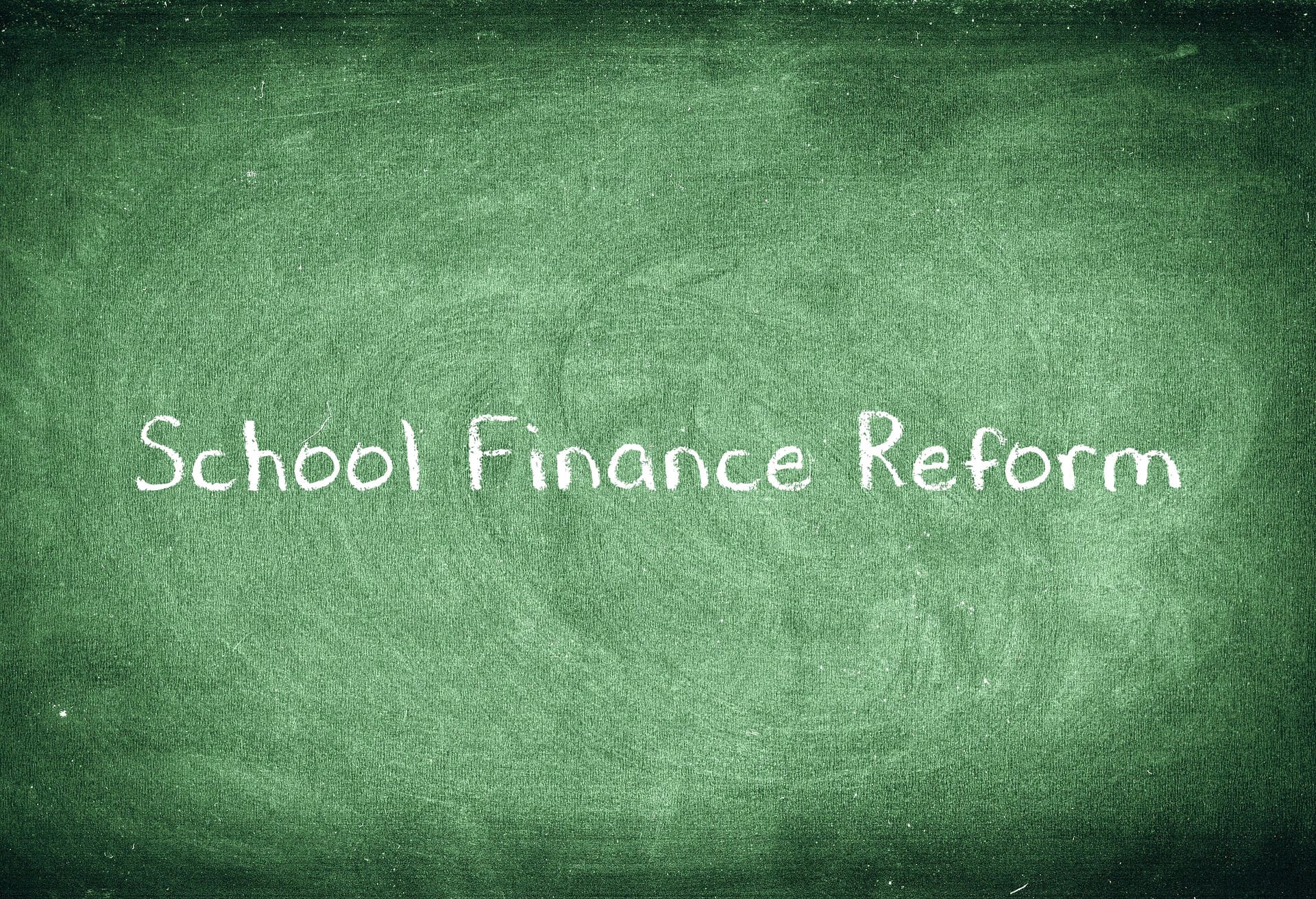For more info on school finance in Texas, head here.
The Legislative Budget Board estimates that the state’s share of Foundation School Program[i] funding will drop to 38 percent by 2019, due to rising school property values/taxes and less state aid. Recently, some legislators have argued that it is unfair to include facilities funds raised through local property taxes in this calculation because issuing bonds to build schools is a local decision.
While state support for school facilities is minimal and has declined over the years, the state has played a role since 1997 in funding the construction and acquisition of school buildings across Texas. In addition to direct funding for facilities, the state guarantees bonds and sets limits on tax rates. Facilities are a component of the school finance system and should be part of the school finance debate. Furthermore, not all local facilities funding is included in the Legislative Budget Board’s state and local share calculations.
Facilities Support for Property-Poor Districts
The state has two programs, the Existing Debt Allotment and the Instructional Facilities Allotment, that provide limited facilities funding to districts with very low property wealth. Contrary to what some at the Capitol believe, these programs are not targeted toward fast growth districts. Because growth often leads to increased property values, fast-growth districts tend to have property values above the amount that would qualify for state aid.
In 1999, the first year both these programs were in operation, the state covered 30 percent of facility costs for participating districts. By 2015, the state’s share of facility funding dropped to less than 10 percent. This is because these funds are not adjusted for inflation, and because the legislature often fails to appropriate new funds for facilities.
In reporting the state and local shares of school formula funding, the Legislative Budget Board includes only the local facilities property tax effort for districts that participate in these two programs. If all local tax revenue for facilities were included, the local share would be even higher than what the LBB estimates, and the state share, lower.
Guaranteeing Bonds and Limiting Tax Rates
The state also has a Bond Guarantee Program that allows bonds issued by school districts and charter schools to be fully backed by the Permanent School Fund, the state’s education endowment. The guarantee allows schools to borrow with lower interest rates and replaces the need for expensive private bond insurance.
School districts wishing to issue bonds for facilities are held to a “50-cent-test,” meaning a district must be able to pay off the proposed bond and any existing debt with a tax rate no higher than 50 cents per $100 of property value. This limit has made it hard for many fast-growth districts to provide suitable facilities and limits local decision-making.
Expanding Facilities Funding to Charter Schools
In 2017, the Legislature expanded facilities funding to charter schools with a $60 million annual appropriation beginning in 2019. This new funding is to be distributed on a per-capita basis to all charter schools with an acceptable performance rating, regardless of facility needs. Charter schools can’t levy property taxes (for facilities or operations) so any new state aid to charters boosts the “state share” side of the school funding equation.
[i] The Foundation School Program (FSP) is the set of laws and formulas that determine the amount of state and local funding school districts receive for operations and facilities. Federal funding and state grants, which flow outside the school finance formulas, are not part of the FSP. A school district’s Foundation School Program funding is affected by its maintenance and operation (M&O) tax rate and in some cases its interest and sinking (I&S) rate, levied to pay debt service for facilities.
